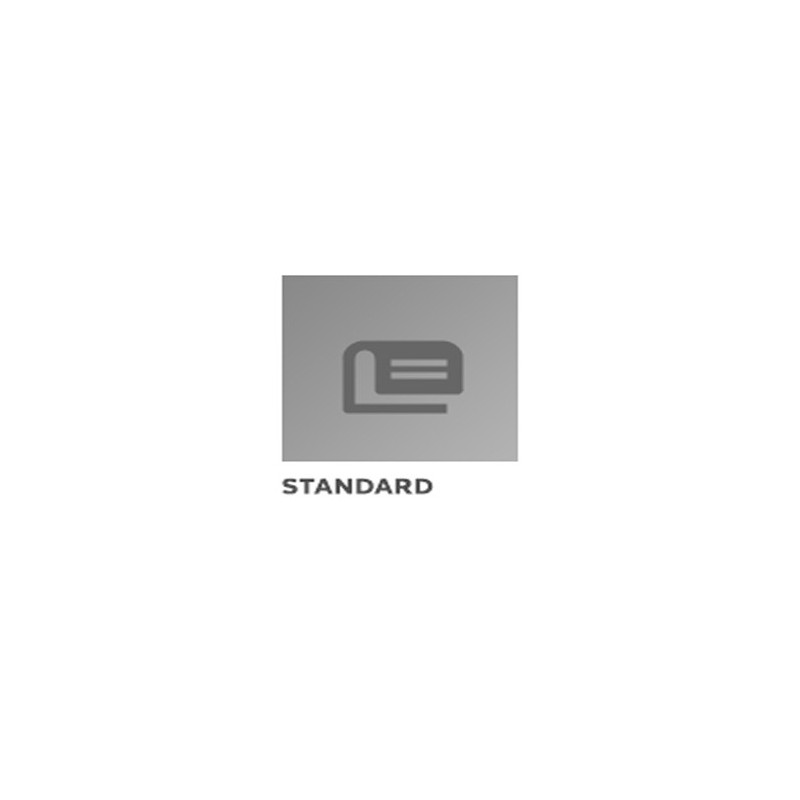Description / Abstract:
The recommendations of this document apply to such aircraft as
are able to perform both normal angle and steep IMC approaches, the
latter being defined as those approaches having a final approach
segment angle greater than 4, Such aircraft can include both
conventional and STOL fixed-wing aircraft, commercial air transport
and/or utility and normal category helicopters, compound
helicopters and powered lift vehicles (tiltrotors, tiltfans,
tiltwings, etc.).
Purpose:
The purpose of this document is tosetforth the
recommendations of SAECommittee G-10 Vertical Flight
Subcommittee relative to the location, control, and implementation
of electronic flight information systems, primary flight displays,
secondary (standby flight) displays, engine and instruments
displays, crew alert displays and associated required flight
deck/cockpit displays. These recommendations are intended to derive
intuitive and easily interpretable displays and display locations
to minimize confusion, distraction and fatigue, thereby reducing
crew workload and arriving at these recommendations the committee
carefully reviewed the layouts of modern commercial and military
aircraft, developmental tiltrotor flight deck/cockpit layouts, the
recommendations and requirements of the Federal Aviation
Administration Aircraft Certification branch and the requirements
of commercial operators and aircraft manufacturers. In cases where
conflicting opinions existed, suitable compromises were made.
Field of Application:
This document applies to all electronic flight instrument
display systems, including but not limited to Liquid Crystal
Displays (LCD), Field Emitting Diodes (FED), Light Emitting Diodes
(LED) or Cathode Ray Tube (CRT) technology.


